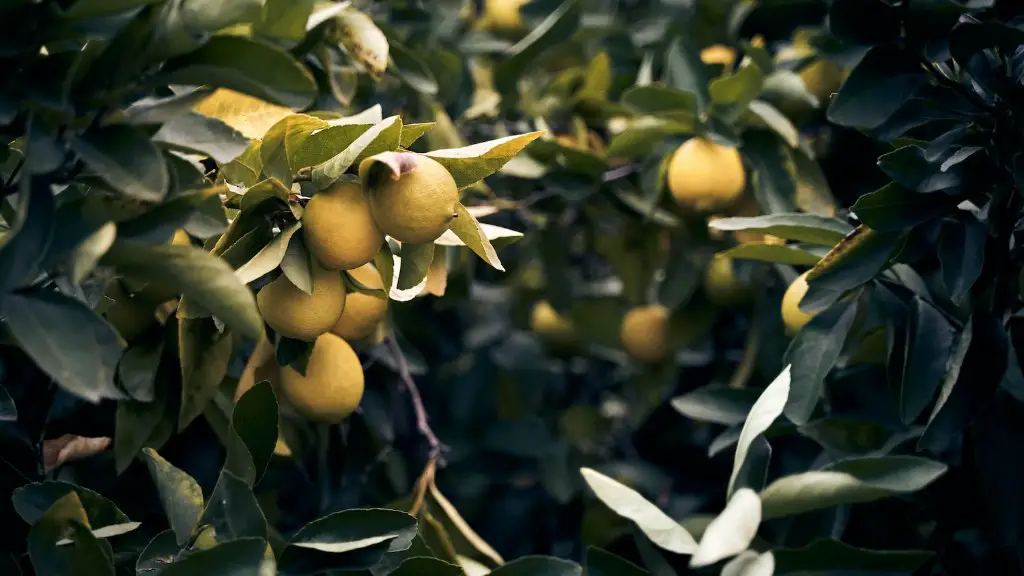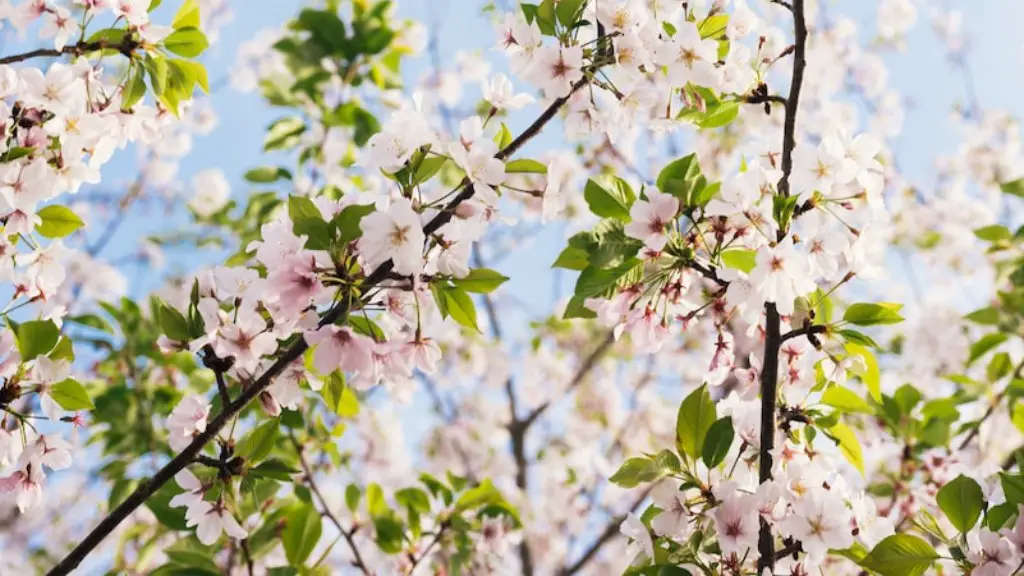Growing a bonsai lemon tree from seed is something many aspiring bonsai gardeners can achieve. Growing bonsai lemon trees from seed requires patience and a bit of know-how. It’s not an overly complicated task, as long as you know the steps. Here’s how to start a bonsai lemon tree from seed.
First, find the right seed. This can be a bit tricky but it’s ultimately a matter of finding the right source. Generally, it’s best to purchase lemon tree seeds from a reputable online supplier or a local plant nursery. Finding organic lemon tree seeds is even better.
Second, start the seeds indoors. You can plant multiple lemon tree seeds in a seed-starting tray, watered with a fine spray or mist. Keep your tray indoors, in a warm spot and away from direct sunlight. Water the tray periodically to keep the soil moist, but don’t make it soggy.
Third, choose the right container for your bonsai lemon tree once it has sprouted. You’ll want to use a bonsai pot with the appropriate draining ability. Make sure the pot is big enough for your bonsai, though not too big. It should also have space for plenty of drainage holes.
Fourth, transfer the seedling to its pot. Make sure the opening of the pot is facing up. Fill the bottom of the pot with stones, thin strips of bark and other porous materials, to support the seedling. Cover it over with bonsai soil, pressing it down lightly.
Fifth, water the bonsai lemon tree and wait. Water it lightly and often, ensuring it’s never in standing water. Check the soil, if necessary, and provide additional water as required.
Finally, as the tree starts to grow, trim and shape it as desired. Use scissors to prune the branches and leaves, to create the desired shape you’re looking for.
Feeding your Bonsai Lemon Tree
Feeding your bonsai lemon tree is an important part of the growth process. Organic fertilizers such as compost and manure will work well for this purpose. Make sure to adjust the amount of fertilizer you use, to prevent overfeeding your tree. Balance fertilizing with information from the manufacturer. This can help you determine how much and how often to feed your bonsai lemon tree.
Pests and Diseases
Next, be aware of common pests and diseases that can affect your bonsai lemon tree. Aphids, moths, caterpillars and scale insects can all become a problem with bonsai lemon trees. Be mindful of signs of infestation, such as new white spots, and address them as quickly as possible. Treat with natural methods, such as neem oil, to prevent over spraying.
In addition, keep an eye out for common bonsai diseases, such as bacterial blight, powdery mildew and root rot. Treat these diseases as soon as possible with natural methods, such as baking soda and natural fungicides like sulfur.
Daily Care
Daily care is essential for your bonsai lemon tree, as it is with any bonsai. When watering your bonsai lemon tree, let the soil dry out completely before re-watering. Water it thoroughly and evenly to provide deep watering, so the roots can absorb the moisture.
Regular pruning is also important to keep your bonsai lemon tree in shape. You can use tweezers to trim new growth that you don’t want, along with the small leaves and branches. In addition, pluck any buds or flowers that aren’t part of the desired shape.
Finally, repotting your bonsai lemon tree every year or so will help prevent root rot, overgrowth and stagnation. When repotting, be sure to remove old soil and replace it with new bonsai soil.
Light Requirements
Your bonsai lemon tree will need plenty of bright, indirect sunlight. Ensure it gets several hours of this type of light each day. You can supplement natural sunlight with artificial light, if necessary. However, don’t place your bonsai lemon tree in direct sunlight, as this can cause it to become scorched.
Generally, the amount of light your bonsai lemon tree needs should correspond to its age. For example, younger saplings or seedlings will need less light, while older trees might need more. You can use a thumb test to check the amount of light your bonsai lemon tree is receiving: if the tips of your leafy pieces are firm, the light is fine.
Temperature Requirements
Temperature is also important for your bonsai lemon tree. Lemon trees generally like warm temperatures, usually between 16-30°C (60-85°F). It’s important not to keep your bonsai lemon tree outdoors in temperatures that get too cold. Bonsai lemon trees are prone to frost bite and severe cold weather can lead to its death.
Make sure to protect your bonsai lemon tree from any unexpected cold weather. If you’re expecting a frosty night, cover your bonsai lemon tree with a blanket. This will help keep it warmer and more protected from the weather.
Humidity Requirements
Your bonsai lemon tree will also need proper levels of humidity. The best humidity range for a bonsai lemon tree is between 40-50%. You can raise the humidity level by misting or spraying your bonsai lemon tree with a fine mist or spray bottle. This will help your tree absorb water. This can be done up to two times a day if the humidity is too low.
You may also want to consider using a humidifier if the indoor air is very dry. A humidifier can help keep the air around your bonsai lemon tree at an optimal humidity level. Additionally, you can purchase decorative humidity trays and place them around your bonsai lemon tree. Keep an eye out for signs that the humidity level is too low, such as wilting.




